Saab 2000 Crossair 25th
Production Time 9 to 10 weeks
Shipment is by FedEx, UPS or DHL International Express Courier with a normal door-to-door delivery time worldwide of within 2-3 business days after dispatch. Due to the current volatility of world fuel prices, the amount mentioned here is our best estimate for DHL and UPS and may be subject to change at the time of shipping.

Model Description: Saab 2000 Crossair 25th Wood Replica Scale Custom Model Aircraft
Manufacturer: Saab
Wingspan: 15.4 Inches (39.1 Centimeters)
Height: 4.8 Inches (12.2 Centimeters)
Scale: 1:63
Registration: HB-IZZ
$239.50
Production Time 9 to 10 weeks
-
United States dollar ($)
-
Pound sterling (£)
-
Euro (€)
-
Australian dollar ($)
-
Canadian dollar ($)
-
Singapore dollar ($)
-
Swiss franc (CHF)
-
Japanese yen (¥)
-
Danish krone (kr.)
-
Hong Kong dollar ($)
-
Norwegian krone (kr)
-
Swedish krona (kr)
-
United Arab Emirates dirham (د.إ)
General Product Description
Our PlaneArts Saab 2000 Crossair 25th model exhibits unique, unrivaled quality and detailed design to come as close as possible to the accuracy of the actual plane. It comes as standard with a robust, durable base or stand which is available in a variety of different finishes designed to match your own personal requirements including solid wood, wood with polished metal supports or adjustable wood wall mount and will be ready within about 9-10 weeks from placement of order.
The Saab 2000 Crossair 25th model is made of the finest kiln dried renewable mahogany wood (commonly known as Lauan or Meranti) which has undergone many stages of carving and meticulous and careful sanding giving the beautiful finished museum quality masterpiece. Many collectors and model connoisseurs demonstrate their preference for genuine handmade and hand painted mahogany wood models rather than plastic or die cast (diecast) alternatives due to the overall look and totally different feel of the item - we trust you will find the same. We can, however, if required produce the same model in Solid Cast Resin so just click and contact us us for further information. Our craftsmen and gifted artisans ensure that our finely handcrafted model airplanes match the precise blueprint details of the original aircraft. The paint scheme, markings and parts are closely matched, reflecting the original aircraft. This stylish top-quality desktop replica model will surely enthrall anyone who receives this as a gift and for sure one of the most appropriate and desirably collectable gifts for any aviation enthusiast and avid aircraft collector whilst also displaying a perfect resemblance to the actual aircraft.
If you require we can also make the Saab 2000 Crossair 25th model in any other airline, private livery or colour scheme you require and if necessary in a different size or scale. Just click here to contact us with a description or photographs of what you require, and we will let you have a quotation for the necessary customization by return email. We can also make bespoke scale replicas of any other private / civil commercial airliner or airliners, helicopter, glider, gliders with engines, military jet, warplane jets, propeller warplanes, biplane, triplane, tail fin, spacecraft, rocket or NASA model you require in any airline, military or civilian livery or colors. We also produce model airships, blimp, dirigible, blimps, boat and ship collectibles. Wall plaque or seal for military, government or private customers. Again, by clicking here to contact us just let us know exactly what you need.
The Saab 2000 Crossair: An In-depth Look at the Pioneering Regional Airliner
The Saab 2000, one of the fastest turboprop airplanes ever built, is a fascinating study in aviation design and regional airline history. Developed by Saab Aircraft AB, a division of the Swedish aerospace company SAAB AB, the Saab 2000 was intended to meet the needs of European regional carriers for a high-speed turboprop. One of the primary operators of this aircraft was Crossair, a regional airline in Switzerland that played a crucial role in popularizing this model. This article delves into the design, performance, and operational history of the Saab 2000 with a special focus on its service with Crossair.
Development and Features:
The Saab 2000 was officially launched in 1988 with the goal of creating a larger and faster successor to the successful Saab 340. The aircraft features a 50-seat arrangement, stretching 7.55 meters longer than its predecessor. It was equipped with powerful Rolls-Royce AE 2100A engines, which allowed it to achieve speeds close to that of jetliners, with a cruising speed of 685 km/h (425 mph).
One of the key aspects of the Saab 2000’s design was its emphasis on passenger comfort. The cabin was designed to be quiet and comfortable, with active noise and vibration control systems significantly reducing in-flight noise levels. This feature made it particularly attractive to business travelers who frequented regional routes.
Crossair’s Role:
Crossair was one of the early adopters of the Saab 2000, seeing it as a perfect fit for its expanding network of European destinations. The airline, based in Basel, Switzerland, incorporated the aircraft into its fleet in the mid-1990s. Crossair’s utilization of the Saab 2000 exemplifies the aircraft’s capabilities in serving short to medium-haul routes effectively, providing a jet-like speed with turboprop efficiency.
Under Crossair, the Saab 2000 served many destinations across Europe, showcasing its operational efficiency and reliability. Its performance in challenging weather conditions and shorter runways was particularly noted, which is a testament to its robust engineering.
Operational History:
The Saab 2000 entered service in 1994 and saw widespread usage across various airlines besides Crossair, including Scandinavian Airlines (SAS), Eastern Airways, and Carpatair. However, the widespread adoption of regional jets and shifts in market demand led to a gradual phase-out of turboprops in many fleets.
Despite this, the Saab 2000 remains in use in specialized roles such as corporate transport, governmental flights, and by smaller airlines that value its unique combination of speed and short takeoff and landing capabilities. Its durability and adaptability have ensured that it remains relevant in various capacities beyond traditional commercial passenger service.
Legacy:
Today, the legacy of the Saab 2000 in the fleets of airlines like Crossair is marked by its contribution to regional air travel. It bridged the gap between jet speed and turboprop economy, providing essential service on routes that were not viable for larger jets. For aviation enthusiasts, the Saab 2000 represents a notable chapter in the history of regional aircraft development, marked by innovation and adaptation to market needs.
In retrospect, the Saab 2000 Crossair exemplifies how regional airlines adapted advanced aviation technologies to serve distinct markets, fostering regional connectivity and promoting economic development. Its story is a reminder of the dynamic nature of the aviation industry and the continual evolution of aircraft to meet the diverse needs of global travel.
| Weight | 6 kg |
|---|---|
| Dimensions | 17 × 15.4 × 4.8 in |
Be the first to review “Saab 2000 Crossair 25th” Cancel reply
Similar Models
Private & Civilian
Private & Civilian
Private & Civilian
Private & Civilian
Private & Civilian
Private & Civilian
Private & Civilian
Private & Civilian
Private & Civilian



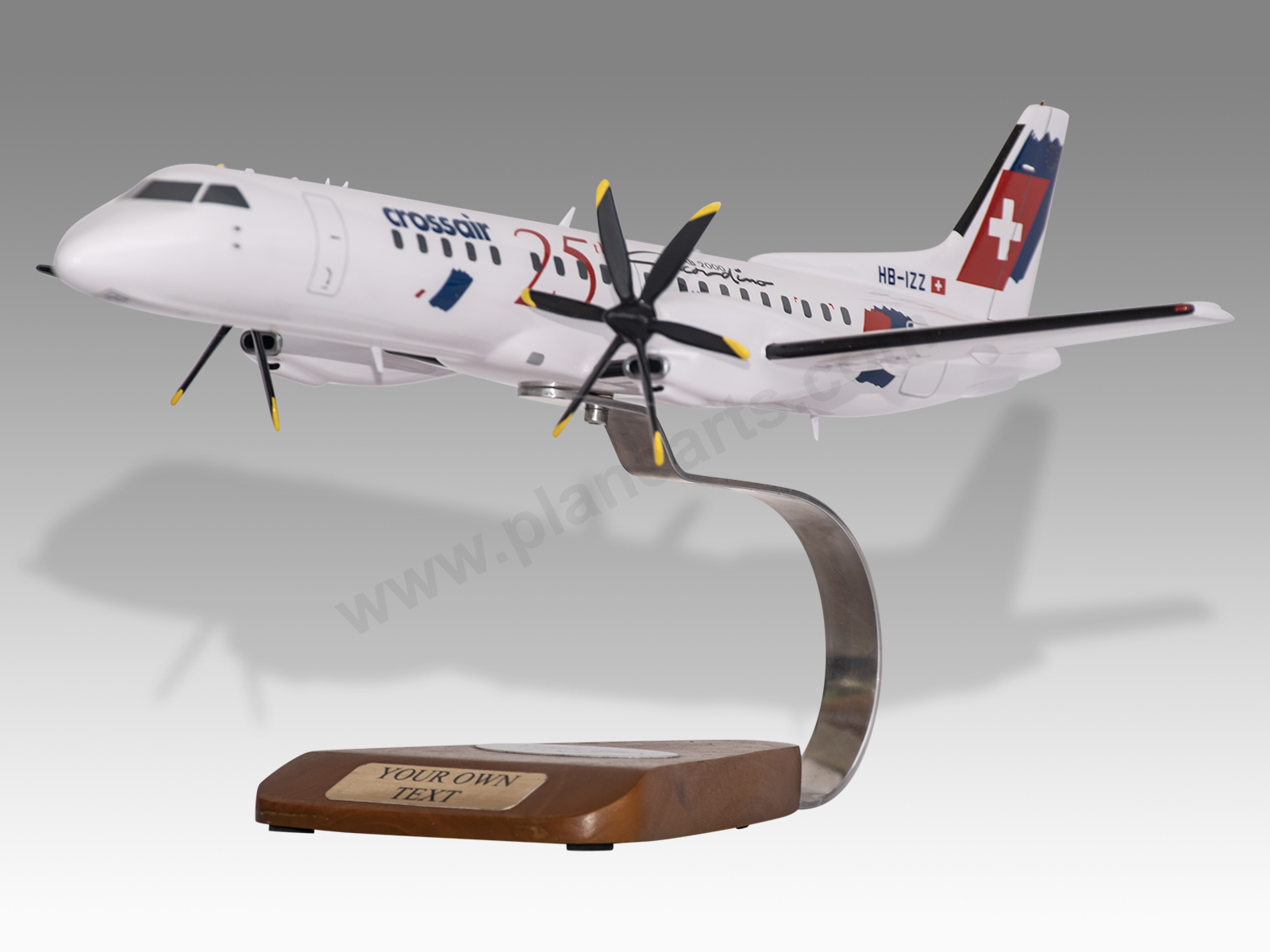
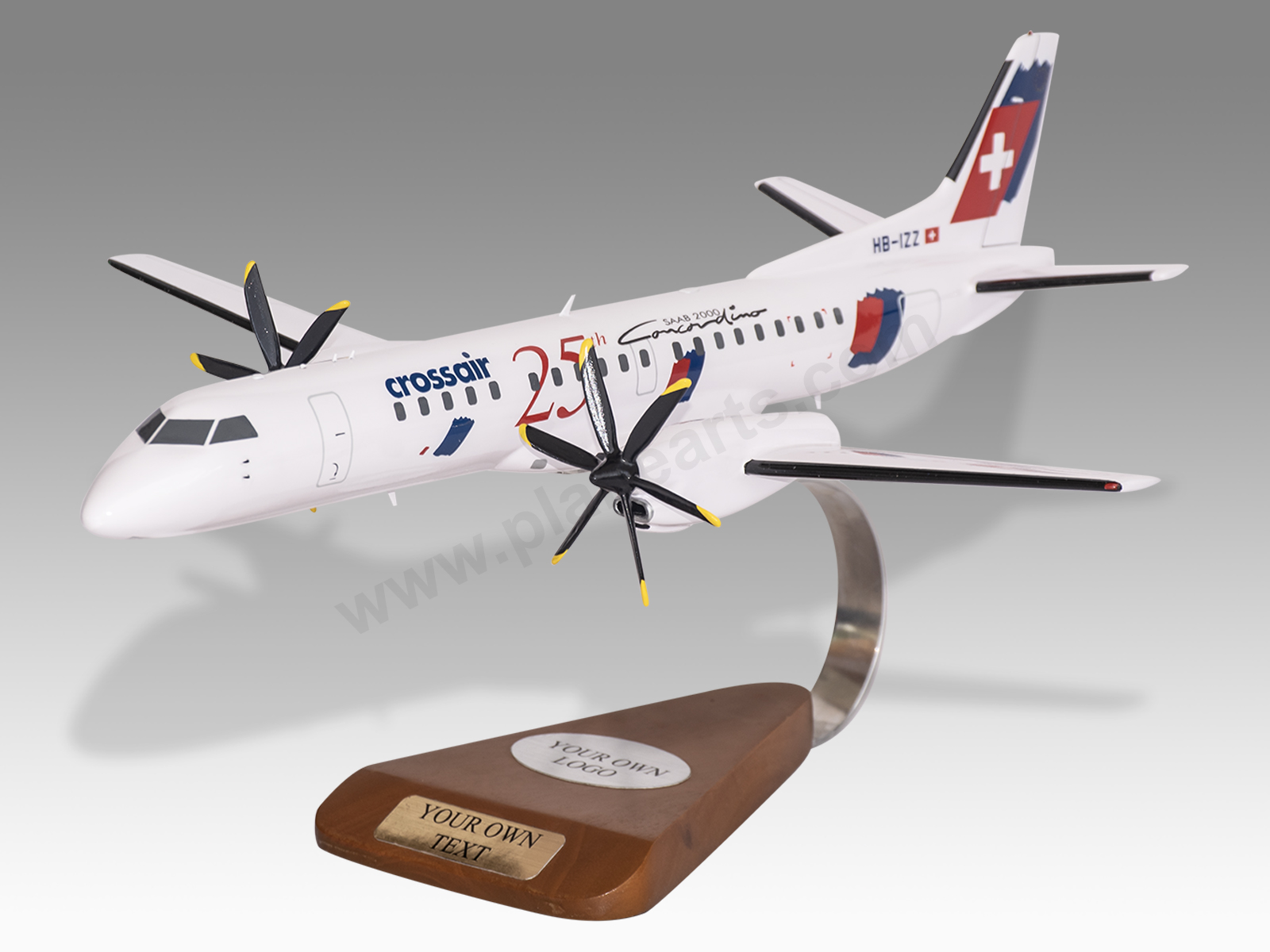
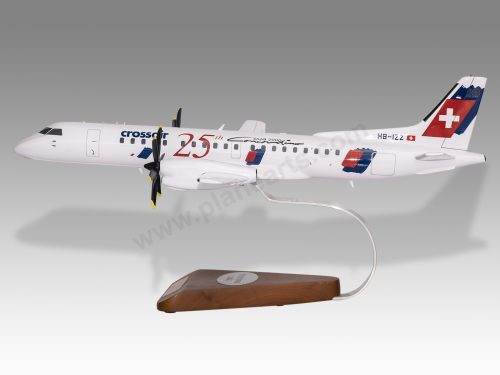
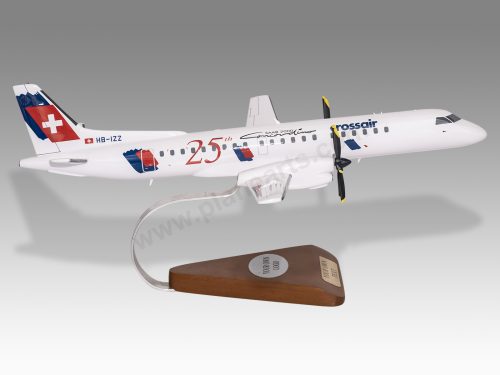
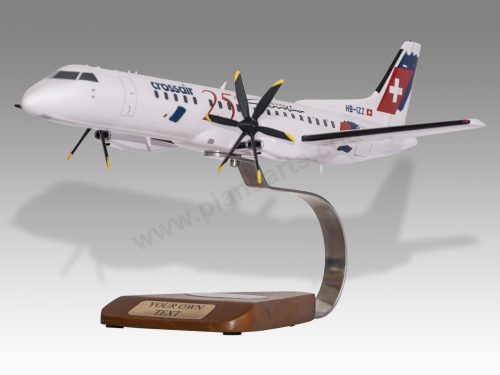

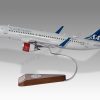
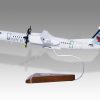
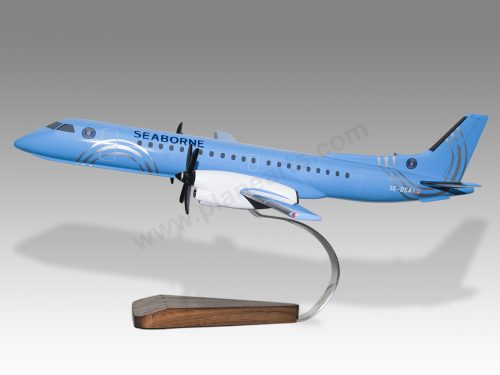
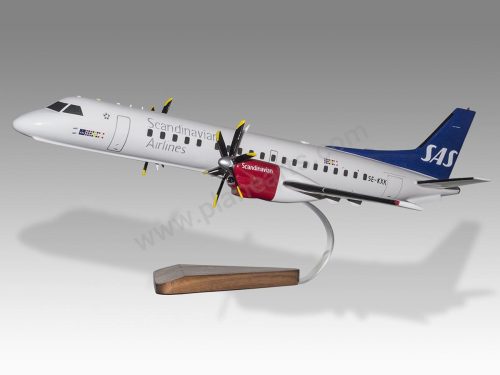
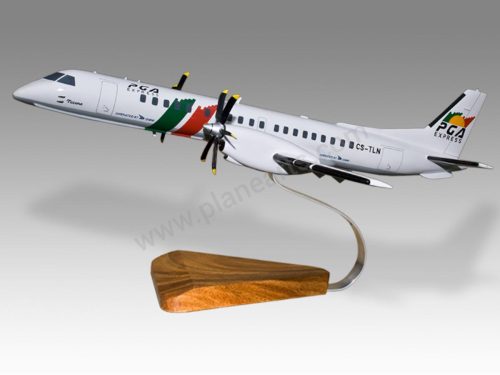
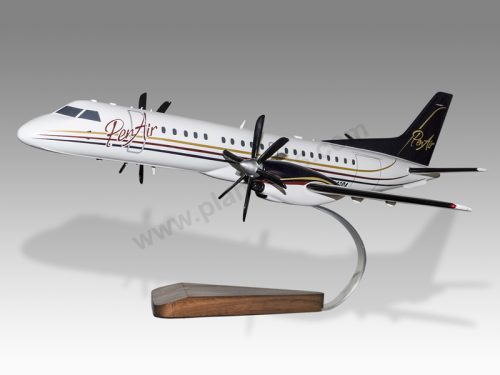
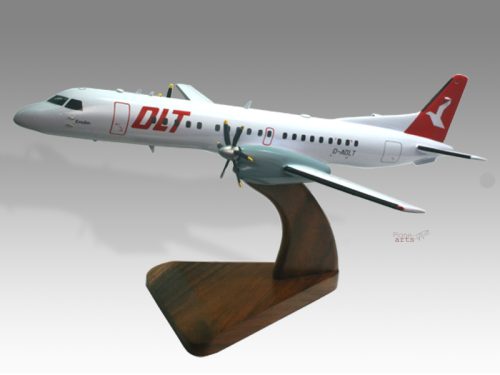
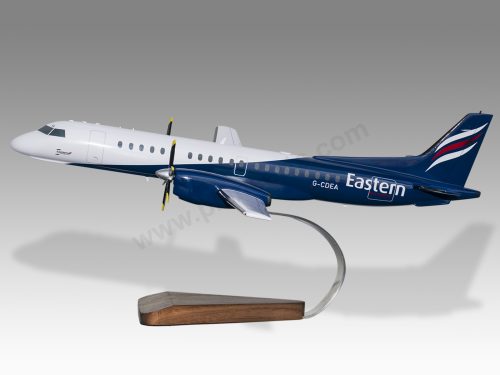



Reviews
There are no reviews yet.